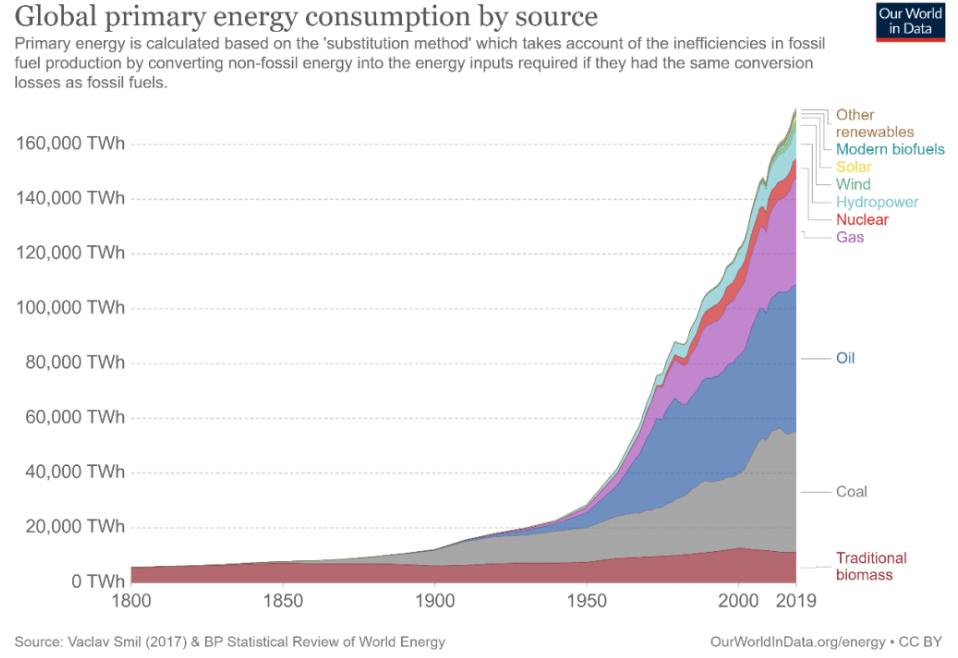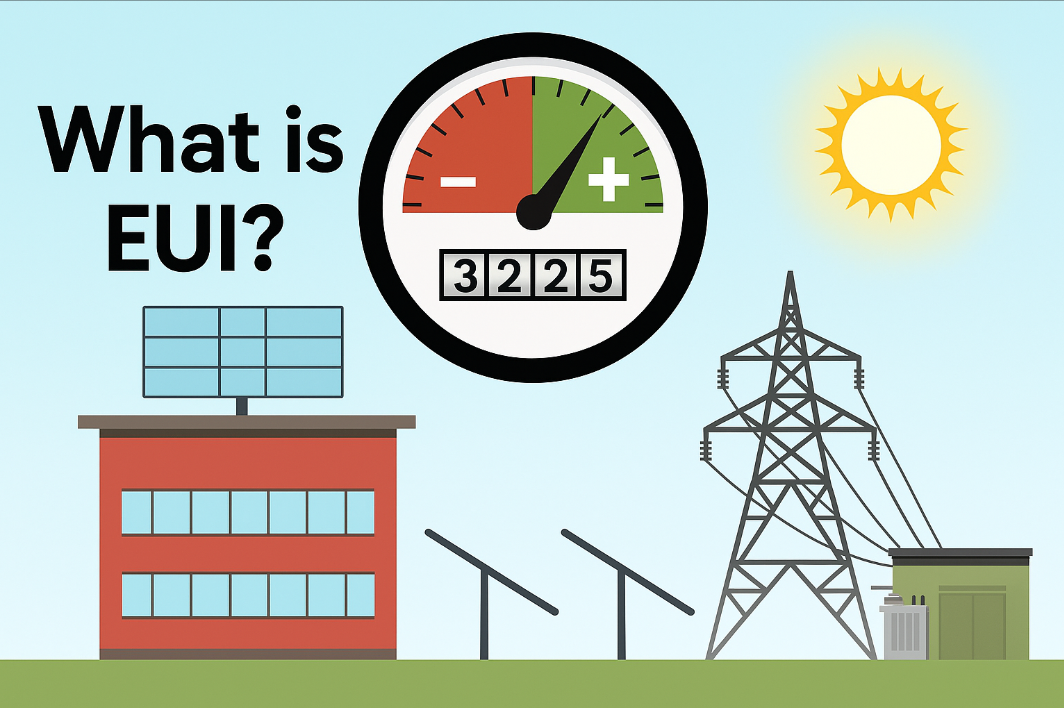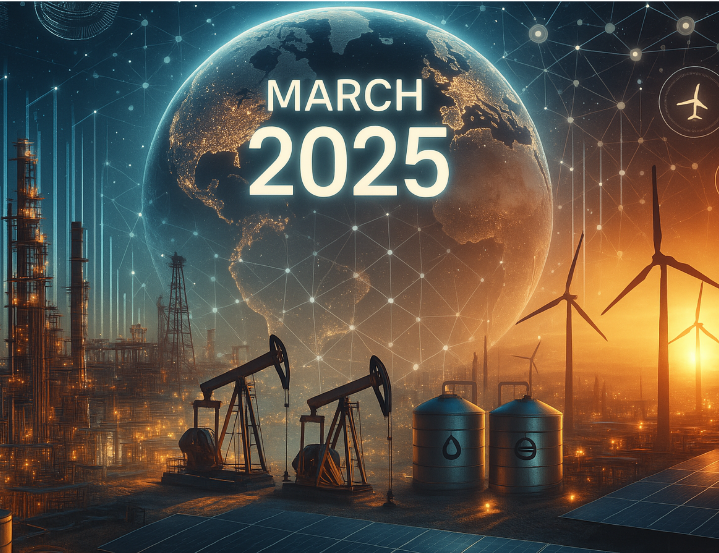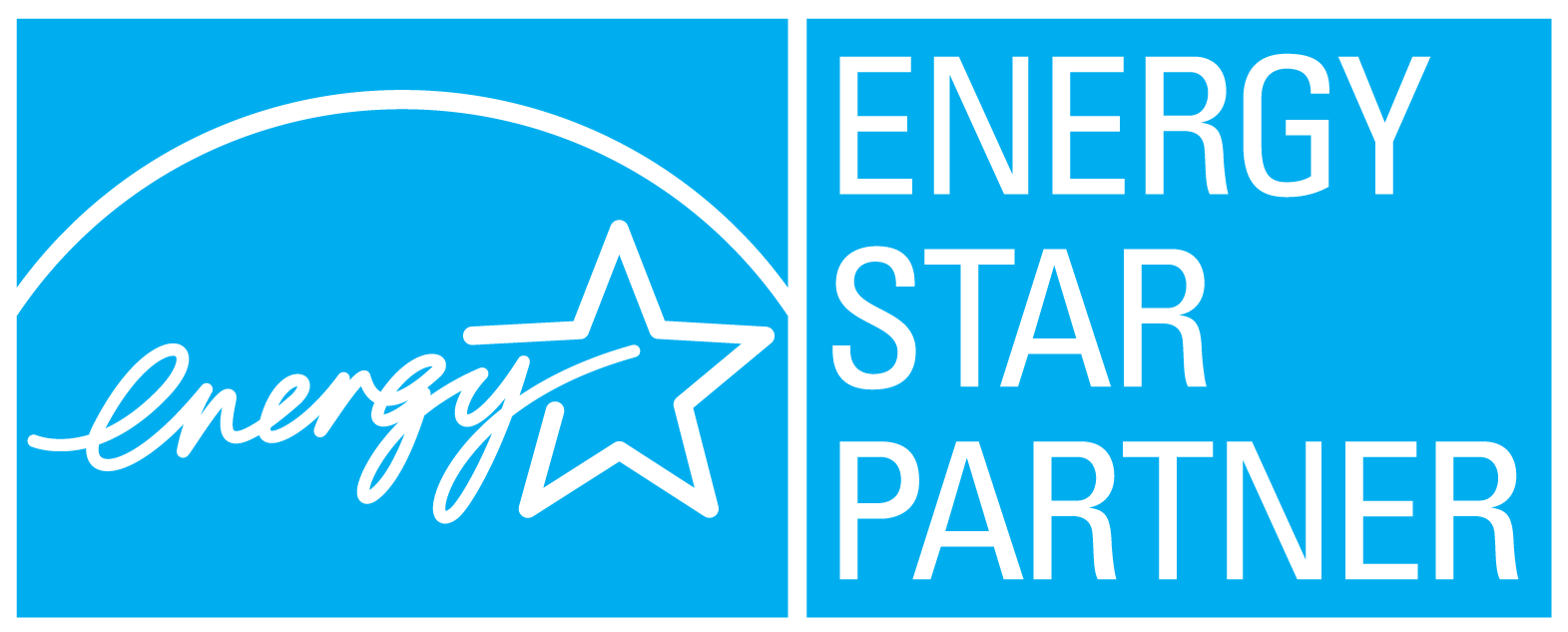An Energy Management System (EnMS) is a set of elements that interact and help an organization establish processes, policies, and objectives to achieve its energy objectives. “Elements” may include roles, responsibilities, procedures, performance indicators, and an intended plan to judge if the strategy is working.
So, who cares or needs an EnMS, you might ask? Great questions – I’m glad you asked! The answer is “everyone should care” and “everyone needs an EnMS”. Here’s why: the world’s energy needs are increasing rapidly and the cost of supplying energy is likely to increase significantly. Take a look at the chart below:

As you can see, from 2000 to 2019, world energy usage grew from about 100,000 TWh (a TWh is a Tera Watthour OR 1 billion kilowatt hours) to roughly 170,000 TWh. Adding on, global energy demand is expected to increase by 50% by 2050 (according to Bill Gates’ book “How to Avoid a Global Climate Disaster”). However, businesses can reduce their energy usage using low and no cost solutions relatively easily.
According to the American Association of Energy Engineers, if all existing buildings were built to today’s energy efficiency standards, the U.S. would use half of the energy it uses today. The U.S. would be much more competitive. We’d spend way less money on wars protecting our oil interests (and human lives) and have less of an environmental impact on the planet. Working in our favor, an EnMS can help save money on rising energy costs and help you think intentionally about long-term energy savings.




